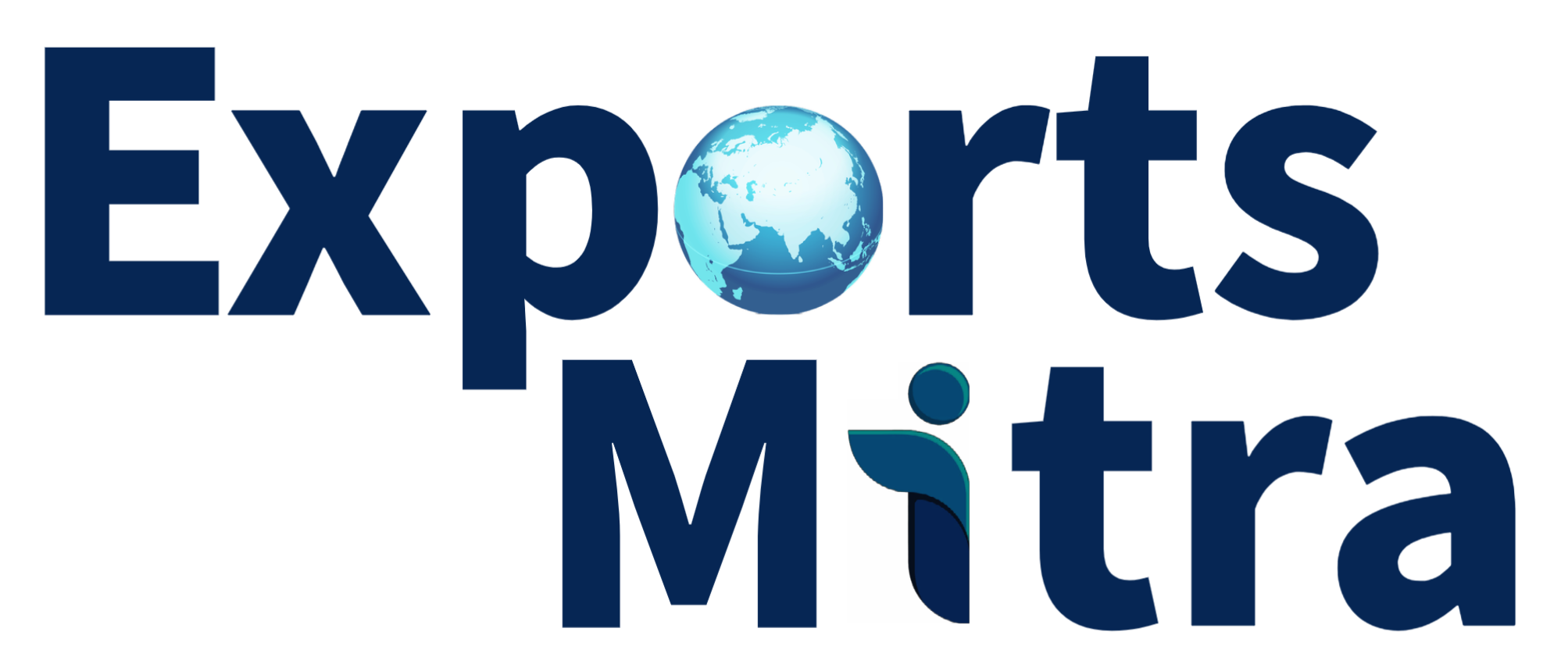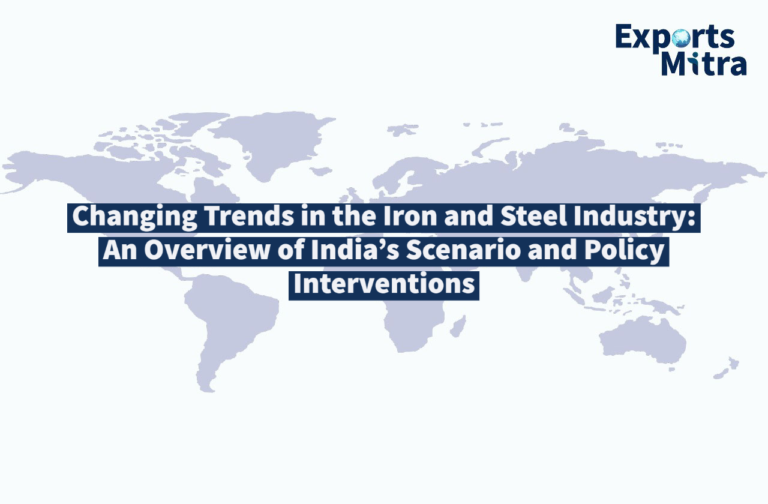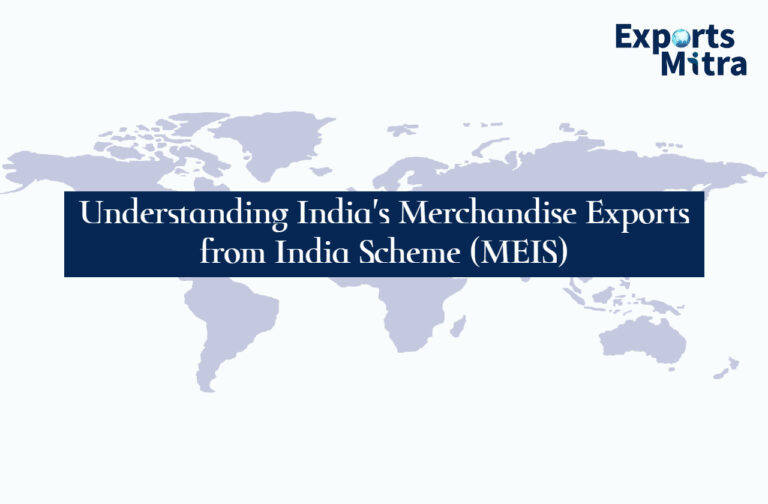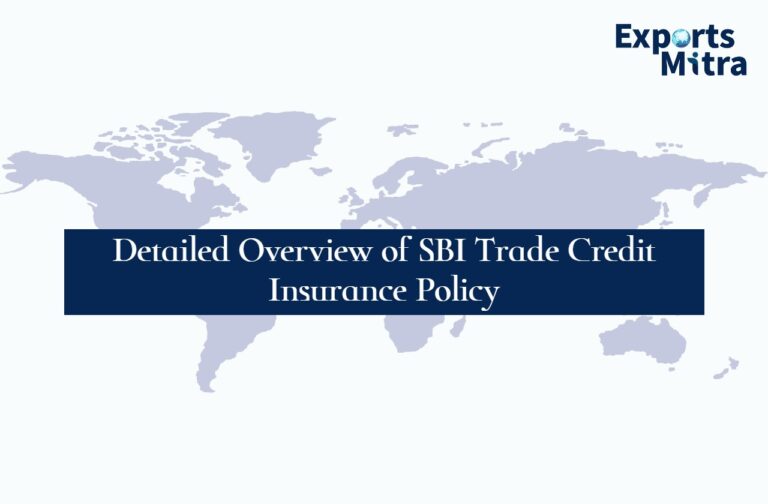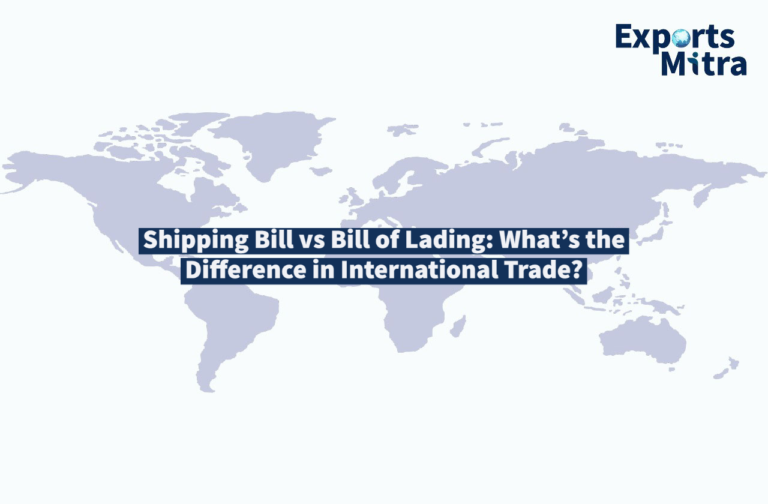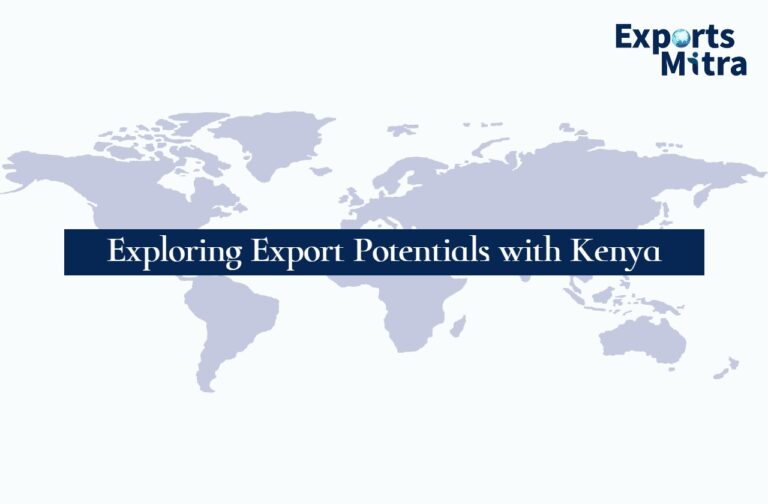Introduction
International trade involves the exchange of goods and services across national borders. It is a complex process that requires careful planning and execution to ensure that both buyers and sellers are satisfied with the transaction. One of the key challenges in international trade is managing the risks and costs associated with the transportation of goods from one country to another. This is where INCOTERMS come into play. In this article, we will provide a step-by-step guide to using INCOTERMS to manage risk and costs in international transactions.
Step 1: Understand the Purpose of INCOTERMS
INCOTERMS are a set of standardized trade terms that define the responsibilities, risks, and costs of both buyers and sellers in international trade transactions. They provide a common language for international trade and help to avoid misunderstandings and disputes between parties. The purpose of INCOTERMS is to facilitate international trade by establishing a clear set of rules for the interpretation and usage of trade terms.
Step 2: Know the Different Types of INCOTERMS
There are 11 different types of INCOTERMS, each representing a different set of responsibilities, risks, and costs for buyers and sellers. The different types of INCOTERMS are:
1. EXW (Ex Works)
Under EXW, the seller makes the goods available at their premises (factory, warehouse, etc.). The buyer assumes all responsibilities from that point forward, including transport, customs clearance, insurance, and all associated risks. This term places the minimum obligation on the seller.
- Seller’s Responsibility: Makes the goods available at a designated location.
- Buyer’s Responsibility: All costs and risks from the seller’s premises to the final destination, including export duties and transportation.
2. FCA (Free Carrier)
The seller is responsible for delivering the goods to a carrier or another person nominated by the buyer at the seller’s premises or another agreed location. Once delivered, the risk shifts to the buyer. The seller may also be responsible for export customs clearance.
- Seller’s Responsibility: Delivers goods to the carrier, assumes export duties, and provides documentation.
- Buyer’s Responsibility: Pays for transport, assumes all risks after goods are delivered to the carrier.
3. FAS (Free Alongside Ship)
This term is used for maritime transport. The seller delivers the goods alongside the vessel at the port of shipment. From that point, the buyer bears all costs and risks, including loading the goods onto the ship, shipping, and insurance.
- Seller’s Responsibility: Delivers goods alongside the vessel and handles export clearance.
- Buyer’s Responsibility: Takes responsibility once goods are alongside the ship and covers all subsequent costs and risks, including loading and transportation.
4. FOB (Free on Board)
The seller delivers the goods on board the vessel nominated by the buyer at the named port of shipment. Once the goods are loaded, the risk transfers to the buyer. The seller is responsible for export customs clearance.
- Seller’s Responsibility: Loads the goods on the ship and handles export clearance.
- Buyer’s Responsibility: Assumes risk once goods are loaded on board and is responsible for freight and insurance.
5. CFR (Cost and Freight)
The seller arranges and pays for the transportation of goods to the port of destination. However, the risk transfers to the buyer once the goods are loaded onto the vessel at the port of shipment. Insurance is the buyer’s responsibility.
- Seller’s Responsibility: Pays for shipping to the port of destination.
- Buyer’s Responsibility: Takes the risk upon loading and pays for insurance.
6. CIF (Cost, Insurance, and Freight)
Similar to CFR, but the seller also arranges and pays for insurance to cover the buyer’s risk of loss or damage during transport. The risk still transfers to the buyer once the goods are loaded onto the vessel.
- Seller’s Responsibility: Pays for transportation and insurance to the destination port.
- Buyer’s Responsibility: Assumes risk once goods are on board the vessel but benefits from seller-provided insurance.
7. CPT (Carriage Paid To)
The seller arranges and pays for the transportation of goods to the named place of destination. However, risk transfers from the seller to the buyer when the goods are delivered to the carrier, not at the destination.
- Seller’s Responsibility: Pays for transportation to the final destination.
- Buyer’s Responsibility: Assumes the risk after goods are handed over to the first carrier.
8. CIP (Carriage and Insurance Paid To)
Similar to CPT, but the seller also arranges and pays for insurance to cover the buyer’s risk during the carriage. The risk still transfers to the buyer when the goods are delivered to the carrier.
- Seller’s Responsibility: Pays for transport and insurance to the named destination.
- Buyer’s Responsibility: Assumes risk after goods are handed to the carrier but is insured by the seller.
9. DAP (Delivered at Place)
The seller is responsible for delivering the goods to a named place in the buyer’s country, ready for unloading. The seller assumes all risks and costs associated with transporting the goods to the destination, but not for unloading.
- Seller’s Responsibility: Covers all transportation costs and risks until the goods reach the named place.
- Buyer’s Responsibility: Takes responsibility after the goods arrive and are ready for unloading.
10. DPU (Delivered at Place Unloaded)
The seller is responsible for delivering the goods to a named place in the buyer’s country and for unloading them. This term places more responsibility on the seller compared to DAP.
- Seller’s Responsibility: Pays for transport and unloads the goods at the destination.
- Buyer’s Responsibility: Assumes responsibility after unloading.
11. DDP (Delivered Duty Paid)
Under DDP, the seller takes on maximum responsibility. The seller is responsible for delivering the goods to the buyer’s destination, paying all costs, including duties, taxes, and customs clearance. The buyer takes over only when the goods are ready for unloading.
- Seller’s Responsibility: Pays for all transportation, duties, and risks until the goods reach the buyer’s premises.
- Buyer’s Responsibility: Assumes responsibility for unloading the goods at the final destination.
Each INCOTERM represents a different set of responsibilities and risks for buyers and sellers, depending on the mode of transport, type of goods, and location of the parties involved.
Step 3: Identify the Appropriate INCOTERM for Your Transaction
Choosing the appropriate INCOTERM for your transaction is crucial to managing risk and costs. The appropriate INCOTERM will depend on the mode of transport, type of goods, and location of the parties involved. For example, if you are a seller and you want to minimize your risk and costs, you may choose EXW, which means that you are only responsible for making the goods available at your premises. On the other hand, if you are a buyer and you want to minimize your risk and costs, you may choose DDP, which means that the seller is responsible for all costs and risks associated with delivering the goods to your premises.
Step 4: Negotiate the Price and Other Terms
Once you have identified the appropriate INCOTERM for your transaction, you need to negotiate the price and other terms with the other party. The INCOTERM does not define the price, payment terms, or delivery time, so you need to negotiate these separately. It is important to clarify any misunderstandings or ambiguities before finalizing the agreement.
Step 5: Include the INCOTERM in the Sales Contract
The chosen INCOTERM should be included in the sales contract, along with other terms and conditions, such as payment terms, delivery time, and product specifications. The sales contract should be signed by both parties and should clearly specify the obligations and responsibilities of each party.
Step 6: Implement the INCOTERM
Once the sales contract has been signed, you need to implement the INCOTERM. This means that you need to fulfill your obligations and responsibilities as defined by the INCOTERM. For example, if you are a seller and you have chosen FOB, you need to make sure that the goods are loaded onto the ship and that all the necessary documentation is provided to the buyer.
Step 7: Manage the Risks and Costs
Managing the risks and costs associated with international trade transactions is an ongoing process that requires continuous monitoring and management. It is important to understand the risks and costs associated with each INCOTERM and take appropriate measures to mitigate them.
For example, if you have chosen CFR or CIF, you need to make sure that you have adequate marine insurance to cover the goods during transportation. If you have chosen DDP, you need to make sure that you have adequate customs clearance and import licenses to avoid any delays or penalties.
Step 8: Resolve Disputes
Despite the best efforts of both parties, disputes may still arise in international trade transactions. If a dispute arises, the parties should first try to resolve it through negotiation or mediation. If this is not possible, they may need to resort to legal proceedings.
It is important to note that the choice of INCOTERM can have a significant impact on the outcome of any legal proceedings. For example, if you have chosen EXW, you may have limited recourse if the goods are damaged during transportation, as you are only responsible for making the goods available at your premises.
Conclusion
INCOTERMS are a valuable tool for managing risk and costs in international trade transactions. By providing a standardized set of rules for the interpretation and usage of trade terms, INCOTERMS help to avoid misunderstandings and disputes between parties. When choosing an INCOTERM, it is important to consider the mode of transport, type of goods, and location of the parties involved, and to negotiate the price and other terms separately. The chosen INCOTERM should be included in the sales contract, and both parties should fulfill their obligations and responsibilities as defined by the INCOTERM. Finally, it is important to monitor and manage the risks and costs associated with the chosen INCOTERM and to resolve any disputes through negotiation or legal proceedings if necessary.
